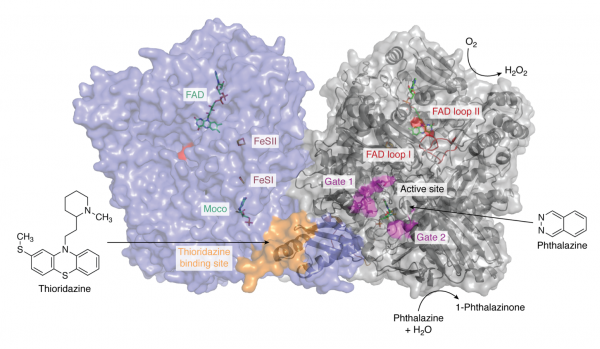Evolution, expression, and substrate specificities of aldehyde oxidase enzymes in eukaryotes

JBC Reviews - Enzymology:
Mineko Terao, Enrico Garattini, Maria João Romão, and Silke Leimkühler
Evolution, expression, and substrate specificities of aldehyde oxidase enzymes in eukaryotes
J. Biol. Chem. jbc.REV119.007741. doi:10.1074/jbc.REV119.007741